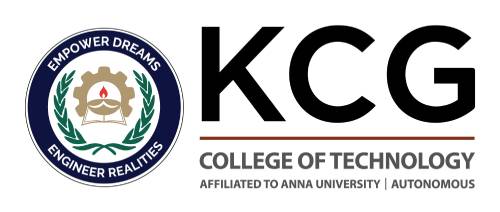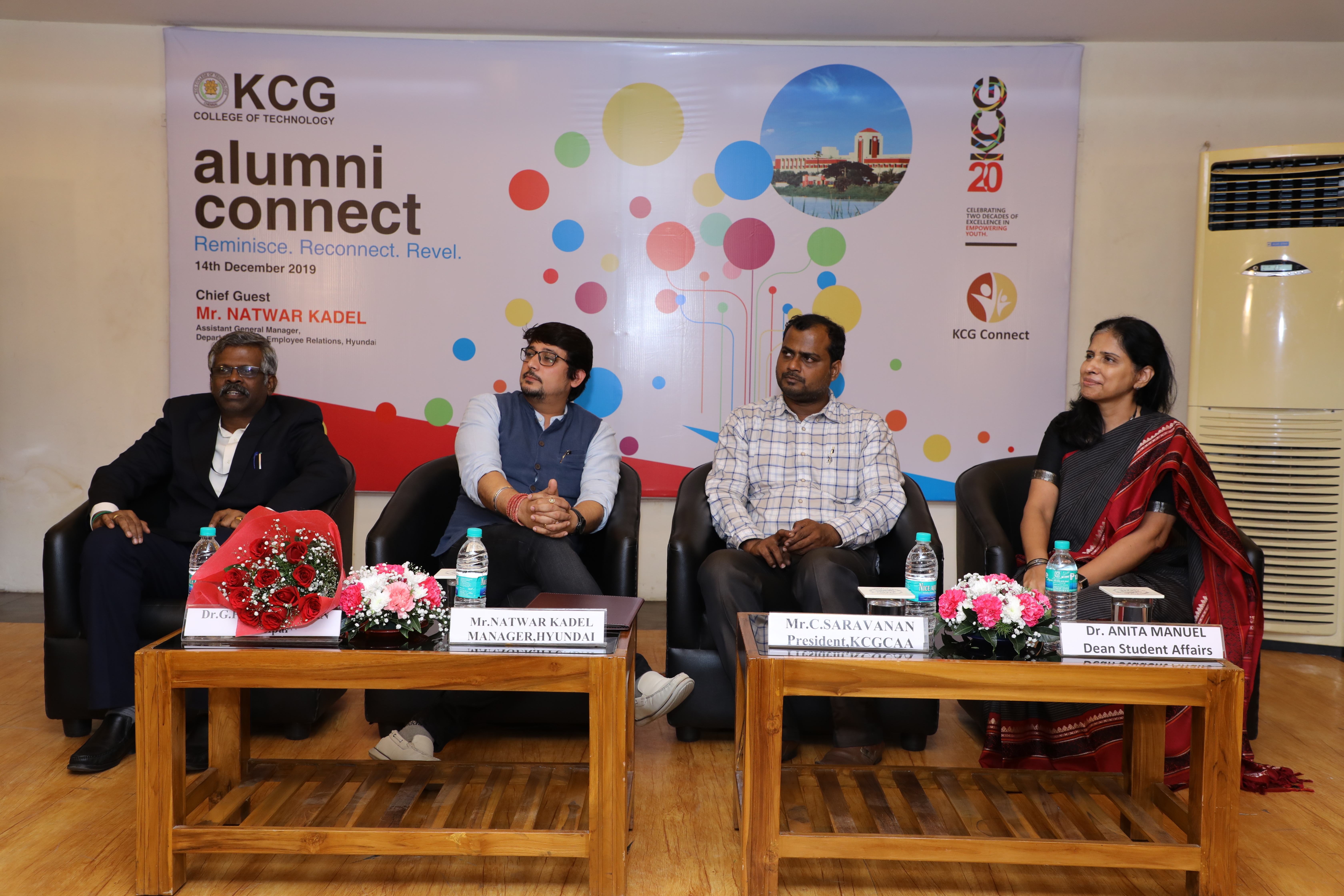Engineering the Cosmos: Unveiling the Crucial Role of Engineering in Space Exploration
In the vast expanse of the cosmos, the pursuit of space exploration stands as humanity’s boldest endeavor. Behind every successful mission into the final frontier lies the ingenuity and expertise of engineers who have meticulously designed, built, and operated the spacecraft and technology that enable us to venture beyond Earth’s confines. At KCG College of Technology, we are passionate about unraveling the fascinating role of engineering in space exploration and paving the way for future discoveries.
The Engineering Marvels of Spacecraft Design:
Spacecraft design represents the pinnacle of engineering innovation, where every component must withstand the harsh conditions of space while fulfilling its designated function flawlessly. From propulsion systems and life support mechanisms to communication arrays and scientific instruments, each aspect of a spacecraft’s design requires meticulous planning, precision engineering, and rigorous testing to ensure mission success.
Propulsion Systems: Pioneering the Path to the Stars:
Propulsion systems serve as the beating heart of any spacecraft, propelling it across vast distances of space with unparalleled precision and efficiency. Engineers are continuously pushing the boundaries of propulsion technology, from traditional chemical rockets to cutting-edge ion drives and nuclear propulsion systems. These advancements hold the key to unlocking new frontiers of exploration and reducing travel times to distant destinations within our solar system and beyond.
Robotics and Autonomous Systems: Extending Our Reach into the Cosmos:
In the absence of human presence, robotics and autonomous systems play a pivotal role in space exploration, enabling us to extend our reach to celestial bodies beyond Earth. Robotic rovers, landers, and probes are equipped with sophisticated sensors, cameras, and manipulators, allowing them to explore planetary surfaces, collect samples, and conduct scientific experiments with unparalleled precision. These robotic explorers serve as our eyes and ears in the cosmos, paving the way for future human missions and colonization efforts.
Communication and Navigation: Bridging the Gap Across Cosmic Distances:
Communication and navigation systems form the backbone of space exploration, enabling spacecraft to maintain contact with Earth and navigate through the vastness of space with pinpoint accuracy. Engineers leverage advanced technologies such as radio frequency communication, deep space networks, and celestial navigation techniques to ensure seamless communication and precise navigation, even across interstellar distances. These systems are essential for coordinating mission operations, transmitting scientific data, and ensuring the safety of astronauts and spacecraft.
As we gaze up at the stars with wonder and curiosity, it is the ingenuity and dedication of engineers that allow us to reach out and touch the cosmos. At KCG College of Technology, we are proud to be part of this grand adventure, equipping the next generation of engineers with the skills, knowledge, and passion to push the boundaries of space exploration even further. Together, we will continue to engineer the future of space exploration, unlocking the mysteries of the universe and inspiring generations to come.









